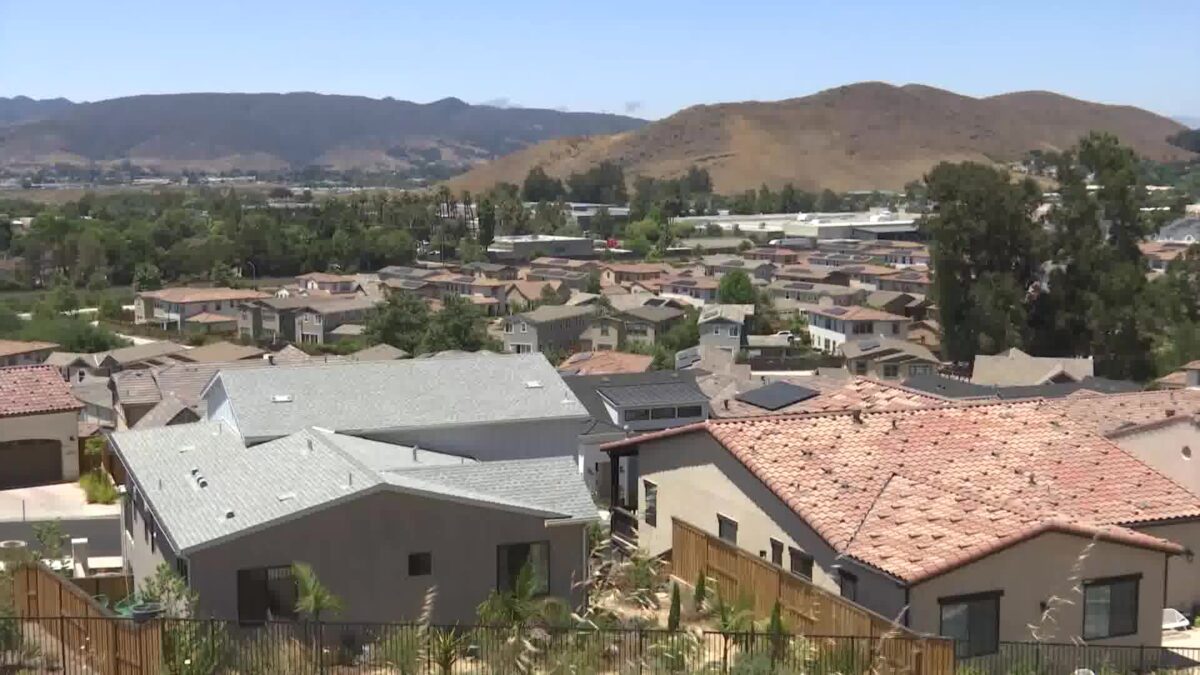Updated mapping shows significant increase of homes now at risk of wildfires in San Luis Obispo

Dave Alley
SAN LUIS OBISPO, Calif. – New mapping that goes into effect today shows a greater number of homes in San Luis Obispo are now at risk of being damaged or destroyed from a wildfire.
San Luis Obispo City Council recently approved an updated Fire Hazard Severity Zone Map, a requirement by the state for all municipalities.
The new map, along with homeowner mitigation requirements, officially went into effect on Thursday, July 17, 2025.
The new map shows many more homes are now located within risk zones designated moderate, high and very high.
According to the city, the amount of homes that are now listed within “Very High Fire Hazard Severity Zone,” has increased 250% compared to 2011, when the map was last updated.
“In 2011, there was about 36 parcels that were in that very high fire hazard zone,” said Fire Chief Todd Tuggle. “As we fast forward into 2025, 15 years later, what we’re looking at is there’s about 2,800 parcels in that Very High Fire Hazard Severity Zone. Additionally, the state added two more zones, so there’s now a High and a Moderate Zone in the local responsibility areas as well, and there’s an additional about 1,500 parcels in each of those zones, so now in the 2025 maps where we previously we had a very small number of impacted parcels, now there’s a really a big chunk of our city is within a fire hazard severity zone.”
The Fire Hazard Severity Zones have been determined CAL FIRE by looking at certain criteria, including large areas with similar wildfire risks, based on factors like slope and vegetation.
The State’s Fire Hazard Severity Zone model is based on two important factors, how likely an area is to burn and how a fire would behave under extreme conditions, such as strong winds, dry vegetation, and hot weather.
“The zones developed by CAL FIRE include a more robust modeling capacity than what was available in 2011,” said Tuggle. “The biggest thing that’s been learned in that in the subsequent 15 years is that when fire burns from the vegetation towards the built environment, there’s two ways that fire can initiate structure fires or start buildings on fire. That’s either through direct flame contact, in other words, flames literally touching a house or embers cast where embers are lobbed into the air and are caught by the wind and then land in the built environment. We’ve seen that over and over again. We’ve seen it in Santa Rosa. We saw it in Paradise. We saw it in LA and in Pasadena just this year, and what happens is when those embers are cast down into the urban environment, they find a receptive fuel bed, whether that’s leaves in on a roof or in a gutter or in mulch or brush up against the house or even combustible fences, and so those embers can then catch those combustible materials near structures on fire, which then leads to the structure fires themselves.”
With the updated map now in effect, property and homeowners are now required to take necessary steps to reduce wildfire risks, such as adding and maintaining defensible space around buildings.
“The most immediate will be the need to create defensible space,” said San Luis Obispo City Manager Whitney McDonald. “It will be essentially looking at vegetation around your home, making sure that it really puts into practice some sort of evasion practices, and really looking at your vegetation and making sure your, your trees are limbed up, and don’t have things growing over your roofs, and also to clear dead material, and trying to make sure that in the event of a fire or a wildfire nearby, that embers that could be floating don’t catch on fire any of the vegetation surrounding your home and then be more likely to get into your home itself.”
In addition, certain one designations will also require property and homeowners to take extra steps to mitigate wildfire risks.
For more information about the updated San Luis Obispo Fire Hazard Severity Zone Map, click here.
The Latest Breaking News, Weather Alerts, Sports and More Anytime On Our Mobile Apps. Keep Up With the Latest Articles by Signing Up for the News Channel 3-12 Newsletter.